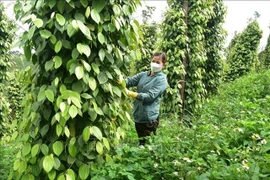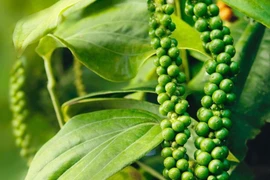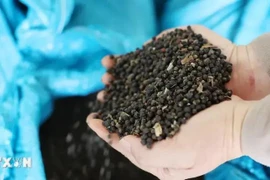HCM City, (VNA) – Vietnam’s pepper industry is set for an eventful year in 2025 as global production continues to decline while demand from key markets fluctuates, creating both challenges and opportunities for exporters.
According to Hoang Thi Lien, Chairwoman of the Vietnam Pepper and Spice Association, global pepper output is expected to fall for the fourth consecutive year in 2025. The decline reflects a shift away from pepper cultivation, as farmers opt for more profitable crops such as durian, coffee, and oil palm. Additionally, climate change and extreme weather conditions have negatively impacted yields, increasing production costs.
China, a major importer of Vietnamese pepper, has significantly reduced its purchases, instead increasing imports from Indonesia by 76.8%. As a result, Vietnam’s pepper exports to China dropped by 82% in 2024. However, despite this shift, Lien noted that China still has substantial demand for pepper, suggesting that it will continue to rely on Vietnamese supply during the 2025 harvest season.
According to Lien, demand from the US and European food and spice processing industries remains a key driver of Vietnam’s pepper exports. With global supply tightening, these markets present significant opportunities for Vietnamese producers.
Ho Tri Nhuan, Director of the Gohan Company, said 2025 is a favourable but perhaps unpredictable year for Vietnam’s pepper exports. While stable demand and reduced supply could help sustain high prices, price fluctuations will depend on the buying patterns of major markets. China is anticipated to increase purchases once Vietnam’s peak harvest begins in this March and April, whereas US buyers may delay orders due to existing stockpiles from 2024.
He advised businesses to closely monitor market developments and buying trends to plan their procurement, storage, and financial planning to maintain export growth and maximise profitability.
Meanwhile, Nguyen Tan Cong, Chairman of Nam Yang Cooperative in Gia Lai province, highlighted that intercropping reduces costs, mitigates disease risks, and supports eco-friendly agricultural practices. Vietnamese farmers are shifting towards sustainable pepper production by adopting intercropping systems with coffee and fruit trees.
By prioritising organic fertilisers and biological pest control over chemical inputs, farmers are improving product quality and ensuring long-term sustainability in global markets, Cong added.
According to Vietnam General Department of Customs, Vietnam’s pepper exports reached nearly 1.4 billion USD in 2024, marking a 45% year-on-year increase, driven by strong demand for black pepper (1.1 billion USD) and white pepper (over 200 million USD).
The US remained Vietnam’s largest pepper importer, purchasing 72,311 tonnes in 2024, a 33.2% increase from 2023, setting a new all-time export record. Other key markets included the Middle East, Germany, the Netherlands, India, and China.
On the import side, Vietnam brought in over 36,700 tonnes of pepper in 2024, valued at 176.2 million USD, representing a 38% increase in volume and a 99.5% surge in value compared to 2023.
The largest suppliers were Indonesia, Brazil, and Cambodia, with imports from Indonesia and Cambodia rising sharply by 431.2% and 80.7%, respectively, while imports from Brazil declined by 42.4%./.
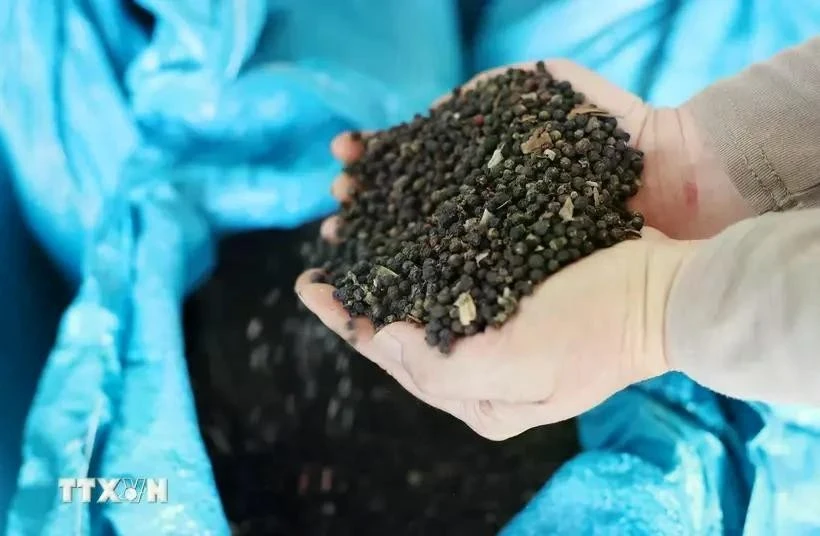
See more
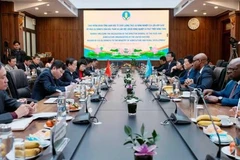
Vietnam, FAO join hands to boost South-South cooperation on agriculture
United Nations Food and Agriculture Organisation (FAO) Director-General Qu Dongyu's working trip to Vietnam from February 5-8 aims to promote bilateral cooperation in the fields of agriculture, food security, environmental protection, and rural development amid complicated and unpredictable global developments.

Deputy PM stresses importance of efficient price management in 2025
Deputy PM Ho Duc Phoc said with the GDP growth target for 2025 of at least 8%, the amount of money injected into the economy will be significantly higher than in 2024, and growth drivers will be stimulated, thereby impacting price indexes, especially consumer prices.
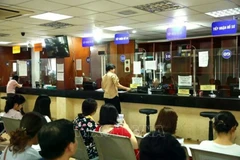
Number of firms resuming operations in Hanoi surges 44%
New business registrations in Hanoi saw a 24.3% decline, with 2,045 new enterprises receiving certificates. The total registered capital for the new establishments dropped by 53.4% to 13.8 trillion VND (546.1 million USD).

Retail petrol prices adjusted slightly on February 6
The price of E5RON92 bio-fuel increased by 51 VND to a maximum of 20,442 VND (0.81 USD) per litre. Meanwhile, that of RON95-III was reduced by 74 VND to 20,928 VND per litre.
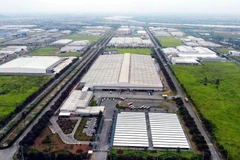
Bac Ninh wins growing investor confidence
With its potential and local authorities’ flexible and business-friendly policies, Bac Ninh is establishing itself as a magnet for both domestic and foreign investors.
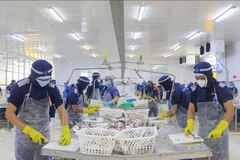
Vietnam's trade surplus tops 3 billion USD in January
Vietnam recorded a trade surplus of 3.03 billion USD in January, despite overall trade activity showing signs of contraction, according to data released by the General Statistics Office on February 6.
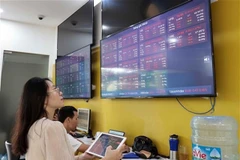
Stock market gears up for a new era
The mission of the securities sector is to continuously develop infrastructure, improve service quality, attract international investors and mobilise medium- and long-term capital.
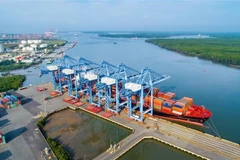
Vietnam’s FDI inflow soars by 48.6% in January
The manufacturing and processing industry dominated foreign investment, attracting over 3.09 billion USD, equivalent to nearly 71.3% of total investment and showing a remarkable 99.1% increase year-on-year.

January CPI up 0.98%
Such factors as adjusted healthcare fees, and higher transportation costs and food prices led to a 0.98% rise in the Consumer Price Index (CPI) in January.
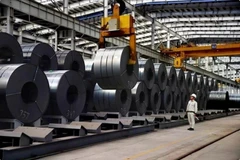
Thailand reviews anti-dumping tax on Vietnamese steel
TRAV recommended that the Vietnam Steel Association (VSA) notify relevant local manufacturers and exporters to answer the investigation questionnaire within the prescribed deadline.
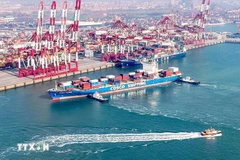
Vietnam - China economic, trade cooperation flourishes
China - Vietnam's economic ties have flourished, with bilateral trade and investment growing rapidly. In 2024, trade reached 260.65 billion USD, up 13.5% from the previous year, while Vietnam is also an important destination for Chinese investors.
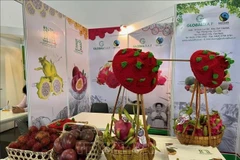
Vietnam makes largest-ever presence at Germany fruit fair
The Vietnam Fruits and Vegetables Association (Vinafruit) set up ten booths at Fruit Logistica, the world’s largest fruit and vegetable exhibition.
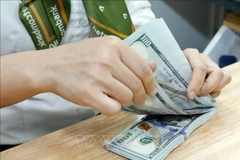
Reference exchange rate up 30 VND on February 6
The State Bank of Vietnam set the daily reference exchange rate for the US dollar at 24,425 VND/USD on February 6, up 30 VND from the previous day.

Vietjet records highest business results since COVID-19 in 2024
Vietjet's aviation revenue reached 71.545 trillion VND (approx. 2.8 billion USD), with after-tax profit exceeding 1.3 trillion VND (51.6 million USD) in 2024, increasing by 33% and 697% YoY, respectively.

Malaysia on track to achieve 4.5-5.5% growth target by 2025
At least over the past month, optimism for Malaysia's medium- and long-term growth prospects has remained unchanged, the country’s Economy Minister Seri Rafizi Ramli has said.

Nhon Trach 3 power plant connected to national grid
The plant is expected to enter commercial operation in July this year, after meeting technical requirements.
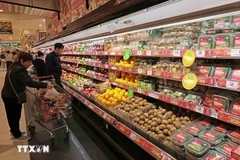
Hanoi’s January consumer price index up 3.09% annually
The culture, entertainment, and tourism group, saw the sharpest monthly increase, at 0.74%, in January.
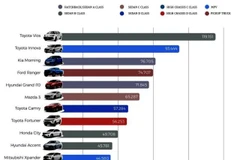
Used car market to face significant challenges in 2025: experts
The used car market in 2025 is set to experience intensified competition, according to market experts.

Vietnam aims for 8% economic growth with comprehensive solutions
Comprehensive solutions have been outlined to propel Vietnam's economy toward an 8% growth rate this year.

Positive economic indicators posted in early 2025: Government press conference
Vietnam's socio-economic situation continued to recover in January, with macroeconomic stability maintained, inflation put under control, and major economic balances ensured.
